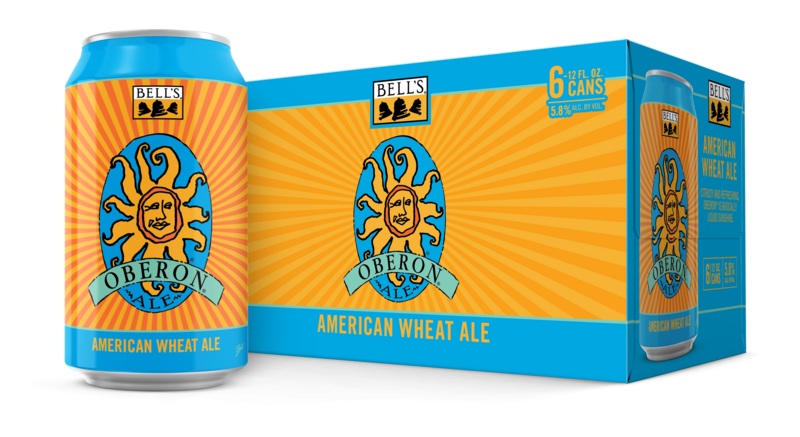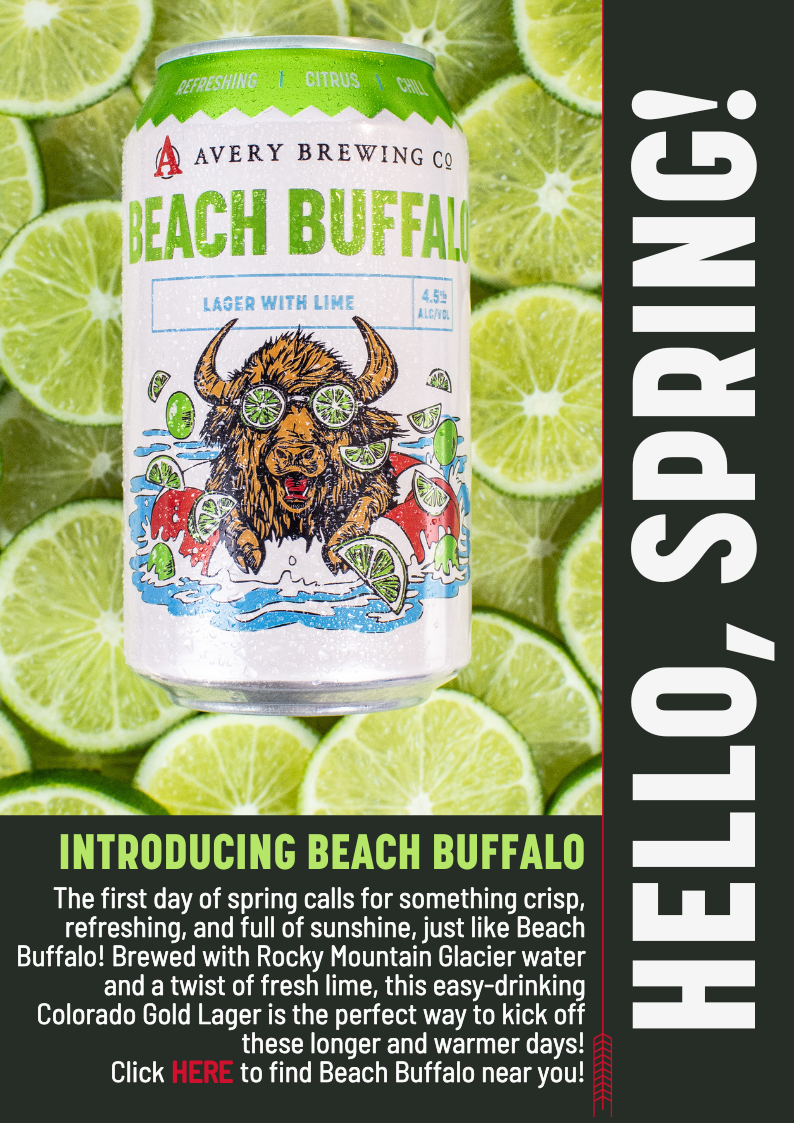
A really cool toy New Belgium is showing off today. It’s a Gas Chromatograph & it’s sniffing (testing) your beer. This from New Belgium:
The "let's go to the" series of posts is back, it has been too long and I figured it high-time to take a trip to the chemistry lab. It's a wonderful and welcoming place that offers lots of science-y stuff to look at: Anton-Parr machines, beakers, Erlenmeyer flasks, pipettes, distillation columns, Hoffman Foam Stability Testers, round bottom flasks, the list only gets nerdier from there... But the coolest thing in the lab, by far, is the Gas Chromatograph with a Spectrum Detector and Olfactory Port, or as I like to call it– the Smell-O-Meter.
The Smell-O-Meter is an amazing tool. It can profile finished beer, in process beer, or raw materials (along with anything else you want to really (like really-really) smell). It takes a small sample of (let's say) finished beer, heats it up and then breaks it down into isolated chemicals that can be analyzed individually. And by "analyzed" I mean smelled, with your nose. The machine is huge, probably 3'x4'x3' and has an external, touch-screen PC attached to it to read and comment on the analysis. And then it has a tube that protrudes from the side that you stick your nose in and smell what the machine is cooking. Here is a close up shot of the tubular, protruding olfactory port, or, as I like to call it, "the nose hole."
This machine is awesome, but I don't want to just talk about how awesome it is, I wanted to convey the full Smell-O-Meter experience. So, a few days ago I accompanied my co-worker, Cody, into the lab and we had Grant the Chemist walk us through the process. That day's sample was Belgo IPA, and some real fun ensued. So let's get to the meat of it all, let's go to the chemistry lab!
It was a Monday morning and Grant the Chemist was ready for us in the lab.
Before we got there he had prepped the sample of Belgo. To prep the sample Grant the Chemist has to use a weird-looking-syringe-type-thing. It pulls just the right amount of beer and readies it for the machine. Here's a look at the weird-looking-syringe-type-thing full of Belgo:
Then you plug that sharp end into the big machine and it starts breaking down the sample. As the Smell-O-Meter breaks down the chemistry of the beer it starts sending the individual part's aromas through the nose hole to take in through your own nose holes. Here is Cody giving it a go:
After Cody got some smells in we cranked the Turbo Speed to 100 (I am not sure what that means (or what it does)) and then I sat down for some smelling:
The aromas starting coming through, and as they come through you press the touch screen to describe what you are smelling:
The sample's individual smells come through the nose hole one at a time. When you smell something you hit the button that best describes the smell in your nose, and then the intensity of that chosen smell. Each smell lasts for a few seconds and then the next one comes through. A total sample run takes about 40 minutes and the number of smells possible is very huge. When I asked Grant the Chemist how many there could be he said "not really sure, might as well say a trillion." Out of those possible smells, and looking at that touch screen, you can see that some are good smells, and some are not. If you break anything down that far the mix of total smells that make up the whole smell will be large and diverse. When something like "pineapple" comes through the nose hole it is like pure, unadulterated pineapple. You hit the right button and then say to yourself "I wish the inside of my nose smelled like this all the time!" But then something like "pungent" comes through and you make this face:
So the job isn't all roses and candy. It's hard and takes a lot of training. Cody and I used the Smell-O-Meter for the first time and we found 36 unique smells we could name (or guess at) in Belgo IPA, Grant the Chemist found 60 on his previous run of the same beer. It's clear, he is a much better smeller than the two of us.
As Cody and I were going through the 40 minute process we were discussing that we may achieve better results in a more relaxed environment. The Smell-O-Meter has a regular chair to sit in, the lights in the lab are exactly how you would imagine lab lights to be (very bright), and the music situation could be improved. Not to mention the window that looks into a high-traffic hallway (you get gawkers):
As we got to talking about how to improve the area, and therefore improve our results, Cody got to drawing. He designed the Smell-O-Meter environment required for us to succeed:
As you can see from this blueprint, in the new Smell-O-Meter environment, the smeller would be face down on a massage table with the machine's nose hole coming through the underside, the lights would be low, and the smeller would be wearing noise-cancelling headphones attached to a stereo playing the relaxing (and complete) musical catalog of Enya. In this type of situation I would have brought my results to 48 unique smells (at least).
When the 40 minute run was finished we looked at the graph of every smell we picked out, and it showed us the actual part of the aroma we were smelling, how much was present and when we smelled it in relation to everything else:
This molecule (do I call it that? Compound maybe?) was at minute 9.094 and it was found in the sample of Belgo at a level 200ppb. Pretty cool, and way over my head.
And then there was this thing, it glows, it's blue and I have no idea what it is. But I thought you should see it:
The Smell-O-Meter is a pretty great machine, we use it to make our beer better. We can use it to pick out hop aromas in order to optimize dry-hopping, we can make sure the yeast is producing all the right levels and spectrum of esters, we can use to make sure we are getting the full potential from raw materials, and we can use it to maximize process consistency. The possibilities are (almost) endless, and really fun to talk about.
At the end of our smelling session Cody and I realized that we had a long way to go before we could be chemists (I'm a blogger and he is a statistician). As it turns out it takes more than a lab coat and access to a nose hole. But Grant the Chemist was helpful, funny and OK with us wasting his time, and we appreciated that.
Thanks for reading and I hope you enjoyed going to the chemistry lab...
Until next time,
-JUICEBOX









0 comments (click to read or post):
Post a Comment
Please leave a comment...I do moderate each comment so it may not appear immediately...and please be nice! You can also comment using Disqus (below) or even comment directly on Facebook (bottom).